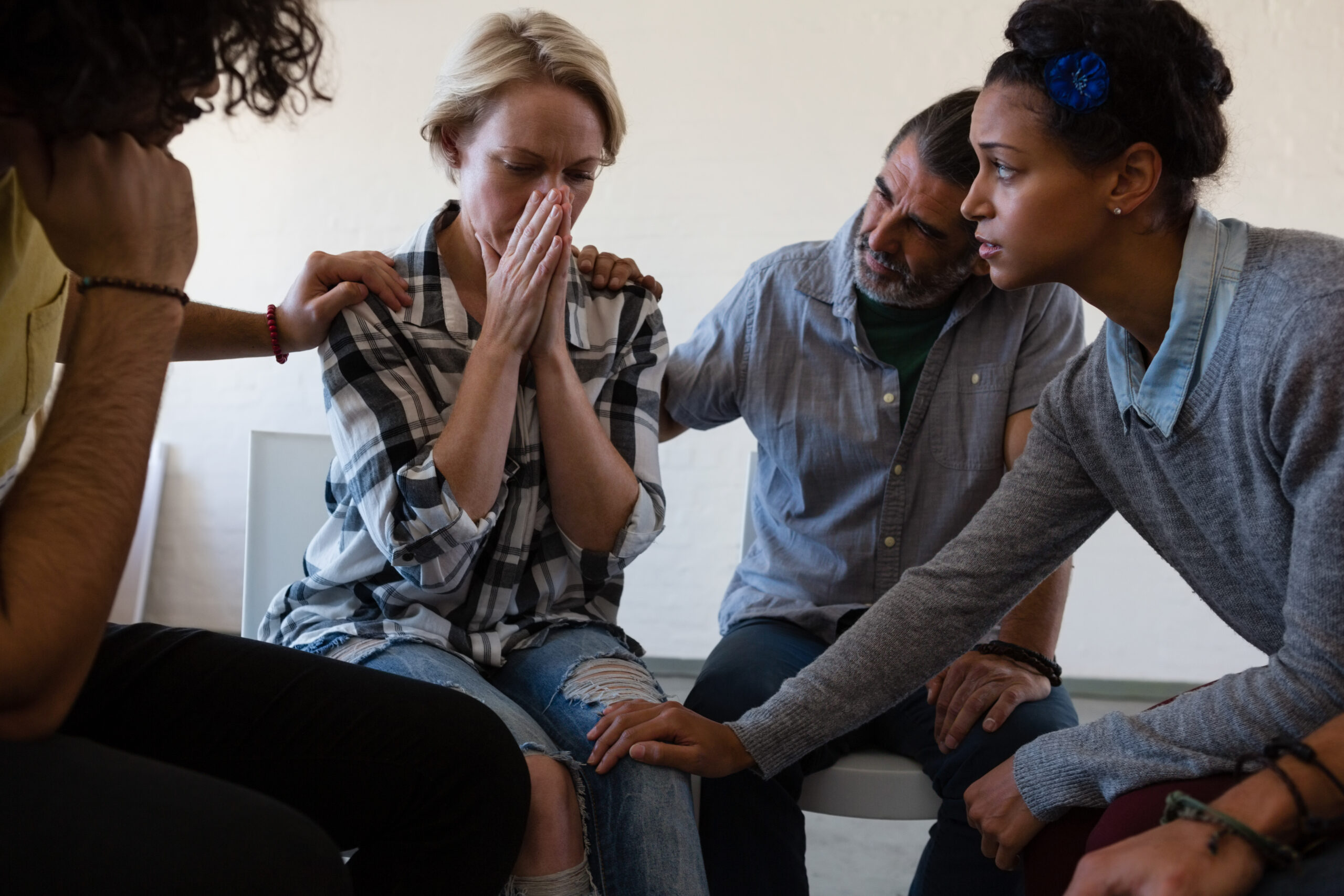EMDR Therapy: How It Can Help You Get Your Life Back

Here’s the audio version of EMDR: How It Can Help You Get Your Life Back if you prefer to listen on the go:
EMDR Therapy: How It Can Help You Get Your Life Back
Do you get stuck in hurtful memories from your past? Old experiences can still affect sleep, mood, and relationships. Fortunately, the brain can heal. This approach helps your brain replay difficult memories so they no longer trigger strong reactions.
What Is EMDR?
EMDR (Eye Movement Desensitization and Reprocessing) is an evidence-based therapy for trauma, anxiety, and related distress. Instead of talking through every detail, it helps the brain reprocess memories so they feel in the past rather than “happening now.”
Trauma isn’t only war or disasters. For example, childhood neglect, bullying, a painful breakup, or grief can overwhelm the nervous system. When that happens, the memory may get “stuck,” which can trigger fear, shame, or anger years later.
How EMDR Works (Bilateral Stimulation)
EMDR uses bilateral stimulation (BLS) to engage both sides of the brain. You might use:
- eye movements that track the therapist’s fingers,
- alternating tones in each ear, or
- gentle taps on the right and left hands.
Together, these methods help the brain unlock stuck material and store it more adaptively. As a result, distress fades and the memory feels like the past—not the present. Many clients notice they can recall a memory without the same surge of emotion or body tension.
The 8 Phases of EMDR
- History & Treatment Planning — You and your therapist identify target memories, symptoms, and goals.
- Preparation — Calming and grounding skills come first so sessions feel safe and in your control.
- Assessment — You select the target memory and the linked negative belief (e.g., “I’m not good enough”), plus a preferred positive belief (e.g., “I am worthy”).
- Desensitization — While briefly focusing on the memory, BLS reduces emotional intensity.
- Installation — The preferred belief is strengthened until it feels true.
- Body Scan — You notice sensations; any leftover tension is processed.
- Closure — Each meeting ends with calm and clear between-session steps.
- Reevaluation — At the next visit, you review progress and choose the next target if needed.
Who Can EMDR Help?
Today, EMDR supports people with:
- Low self-esteem and shame
- Anxiety and panic
- Depression
- Phobias and specific fears
- Grief and loss
- Childhood trauma and attachment wounds
- OCD-related distress
Why EMDR Is So Effective
Talk therapy and EMDR differ. Rather than rehashing every detail, EMDR targets how the memory is stored. Therefore, you can heal without reliving the event. Many clients appreciate choosing how much—or how little—to share.
What to Expect After Sessions
People often notice shifts after several sessions. For instance, you may feel:
- clearer about emotions and boundaries,
- less weighed down by the past,
- less fearful or on edge, and
- more confident and settled in your body.
Occasionally, feelings run stronger for a short time after a session. That’s the brain doing cleanup. Usually, the intensity fades and relief grows.
You Deserve to Heal
If you’ve carried pain for years, EMDR can help. Imagine waking without that weight on your chest—calmer, steadier, and in control. When you’re ready, ask for a therapist trained in EMDR and certified by EMDRIA.
Pathways Counseling Services is a top-rated practice in Scottsdale, Arizona. We offer weekday, evening, and Saturday appointments—in person or via telehealth.
Call 480-235-1682 or request a free 15-minute consultation to get started.



























